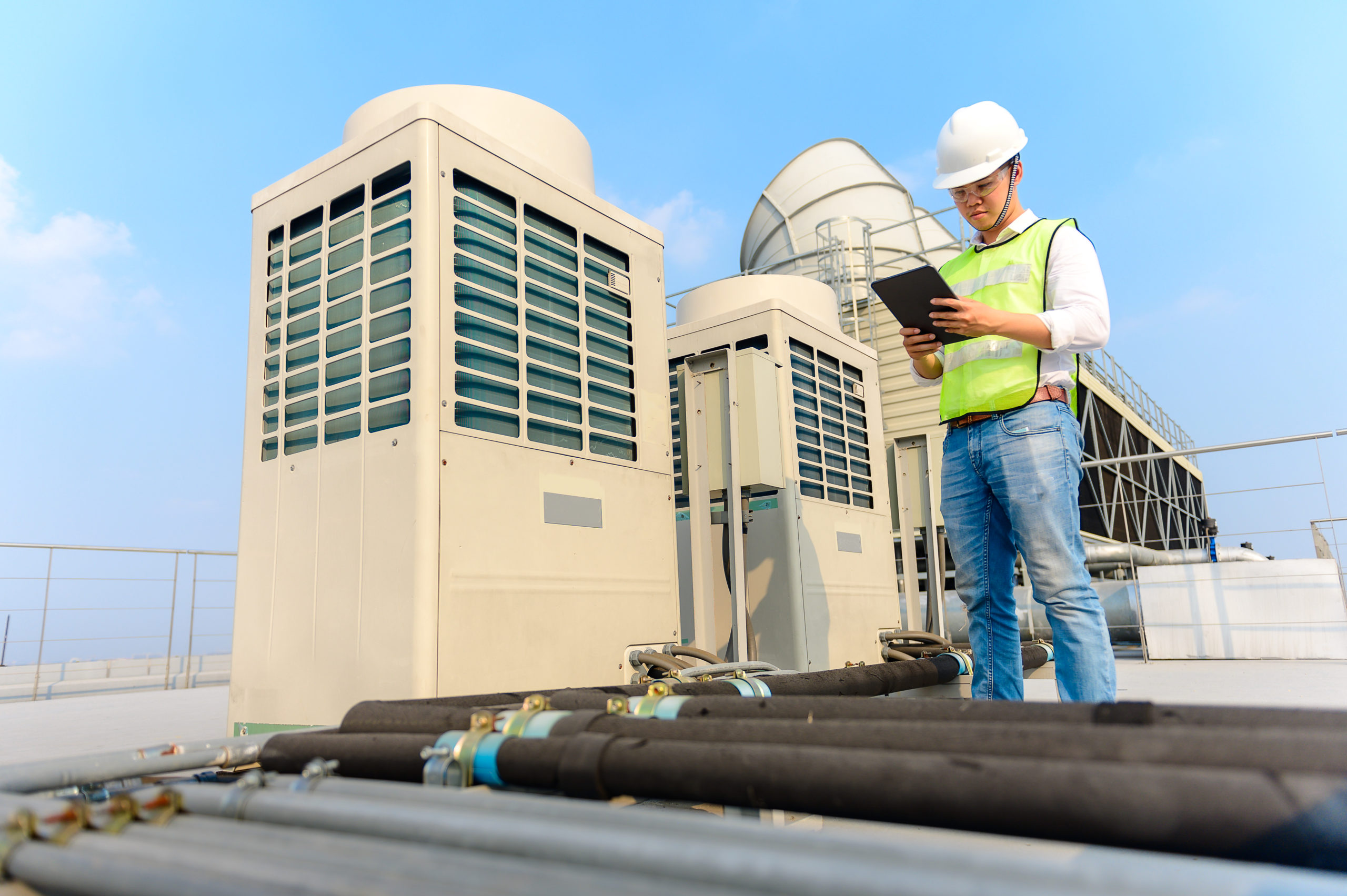Over the past few years – and especially in the years since the pandemic – leaders have been exploring ways to use data to make better business decisions in an effort to understand what is the most profitable commercial real estate (CRE). Unfortunately, this has sometimes been met with frustration. Ever since the promise of “big data,” technology built for commercial buildings hasn’t always done a great job of making data insightful and more importantly, actionable. Without those actionable insights from your building, the data created from buildings can’t meaningfully increase net operating income (NOI).
A building’s operating income can be increased in two important ways: reduce operating costs and increase revenue. Basically, buildings need to be run better. There are many tools out there that can help improve the day-to-day operations of a building. But what is often missing is the critical aspect of using data to improve the building by better understanding what changes can lower costs and increase revenues.
So, what is the most profitable commercial real estate? The answer: Building operations backed by data. In this blog, we’ll explore several ways data can help CRE property teams to reduce operating costs and increase revenue.
Centralize and Automate
In order to do more with their building data, over 40% of commercial property teams say they will increase their CRE technology spend in 2023, according to research from Building Engines. And commercial property management software for building operations is among the top areas of investment.
The right platform will create the flexibility to choose the solutions that align with your properties’ greatest priorities. For many buildings that means growing NOI by reducing operating costs and increasing revenue. The right tech tool can allow buildings to connect their building management platforms into existing accounting systems to keep all financial documents in sync. Once this is done the data can then help managers do things like auto-flag all billable charges, quickly generate invoices for tenants, and process payments all in one place.
Automating accounting processes first requires a few important sets. The best practice for this is to first review the tenant roster since lease language can be different depending on what the broker negotiated. Then managers need to make sure all data is captured on a tenant-by-tenant basis in order ensure that costs are segregated properly. Property teams then need to be trained on how to manage what their cost basis is and what they’re allowed to do when it comes to mark-ups. Finally, processes and workflow notifications can be set up to ensure property teams capture every billable item to be tracked during the course of servicing their building and tenants.
Automation and centralization work together to maximize building efficiency and NOI. It can lead to capturing thousands (and in some cases, hundreds of thousands) of dollars a year in service revenue all while making sure that every single dollar is captured at the right rate and with the right margin according to leases.
System Optimization
Even something as straightforward as heating or cooling a building can be difficult to optimize. Keeping a building at a comfortable temperature and humidity requires juggling an incredible number of variables such as outside temperatures, relative humidity levels, building occupancy, sun exposure, time-of-use energy prices, and ventilation.
An intelligent HVAC optimization system integrates with existing building management systems to automatically optimize HVAC systems across buildings. Such tools can help lower energy consumption and costs quickly. These tools are also cost-effective because no additional capital investment is required. An intelligent HVAC optimization system will monitor all HVAC equipment 24/7 to learn equipment operations and leverage artificial intelligence and data inputs to make real-time micro-adjustments to optimize every piece of HVAC equipment.
Technology can improve operational efficiencies, help your portfolio meet its sustainability goals, and increase NOI. For example, one building underwent upgrades to its HVAC including a secondary pumping system that gave its managers the ability to control airflow, but they noticed little reduction in consumption. Eventually, they let a machine learning algorithm try its hand. The software bypassed all the other operating systems to get a full, clearer view of all the equipment and was able to detect that a three-way chiller valve was locked open, and many of the secondary system fans were pumping to areas that didn’t need the extra heating or cooling.
Eventually, the intelligent software was able to recalibrate all the vents to respond to changes in local temperature and started running forecasts of different scenarios to inform the building staff. Together with the mechanical upgrades, the software helped save the building 55% on its HVAC energy costs with a 60% reduction in deviation from temperature setpoints. As the software continues to learn, it will get even better at fine tuning how every piece of HVAC equipment can work within the entire system.
Tapping into Tenant Experience Data
Many commercial landlords use annual surveys to gauge how tenants feel about their buildings. But a survey once a year won’t help you gather the critical insights you need to course-correct in a timely manner. That’s why smart operators are complementing annual surveys with ongoing pulse surveys and polls to compare tenant sentiment to tenant space and amenity usage in real time.
It comes down to access of real-time data on tenant preferences and behaviors. And you can extract that data directly from tech tools you harness, such as a tenant experience app. When harnessed correctly, the data can directly boost NOI. For instance, visitor data can help you understand how each tenant’s visitor counts are changing daily.
Space utilization data can help you determine which spaces are or aren’t being used. You can use that insight to focus investment on popular spaces that can lead to higher tenant satisfaction, retention, and thus, a healthier return on investment. By gathering information on these data points and more, property teams can gain a full picture of the tenant experience across their portfolios.
Enhancing Experiences – Not Replacing Humans
These are just a few examples of how data can help make buildings more profitable. Buildings hold so much data that can be directly tied to outcomes like NOI growth. By connecting building systems, data can be used for continuous improvement of almost any process, or at least any measurable process. But the amount of data needed and the analyzing process can often be too much for even a large building management team to do on their own.
Machines are capable of computing equations more complicated than a human could ever hope to solve. However, that doesn’t mean that machine learning algorithms will replace humans when it comes to building systems. At least for the foreseeable future, an experienced human operator will need to oversee the system and implement the changes the software suggests.
Rather than seeing machines as a viable alternative to property management, they should be viewed as an integral part of the toolkit.
What is the most profitable commercial real estate in your portfolio? Are you looking for ways to reduce operating costs and increase revenue? Learn how to do just that in the free guide, “The CRE Tech Guide to Boosting NOI.”
A version of this article originally appeared on Propmodo.















